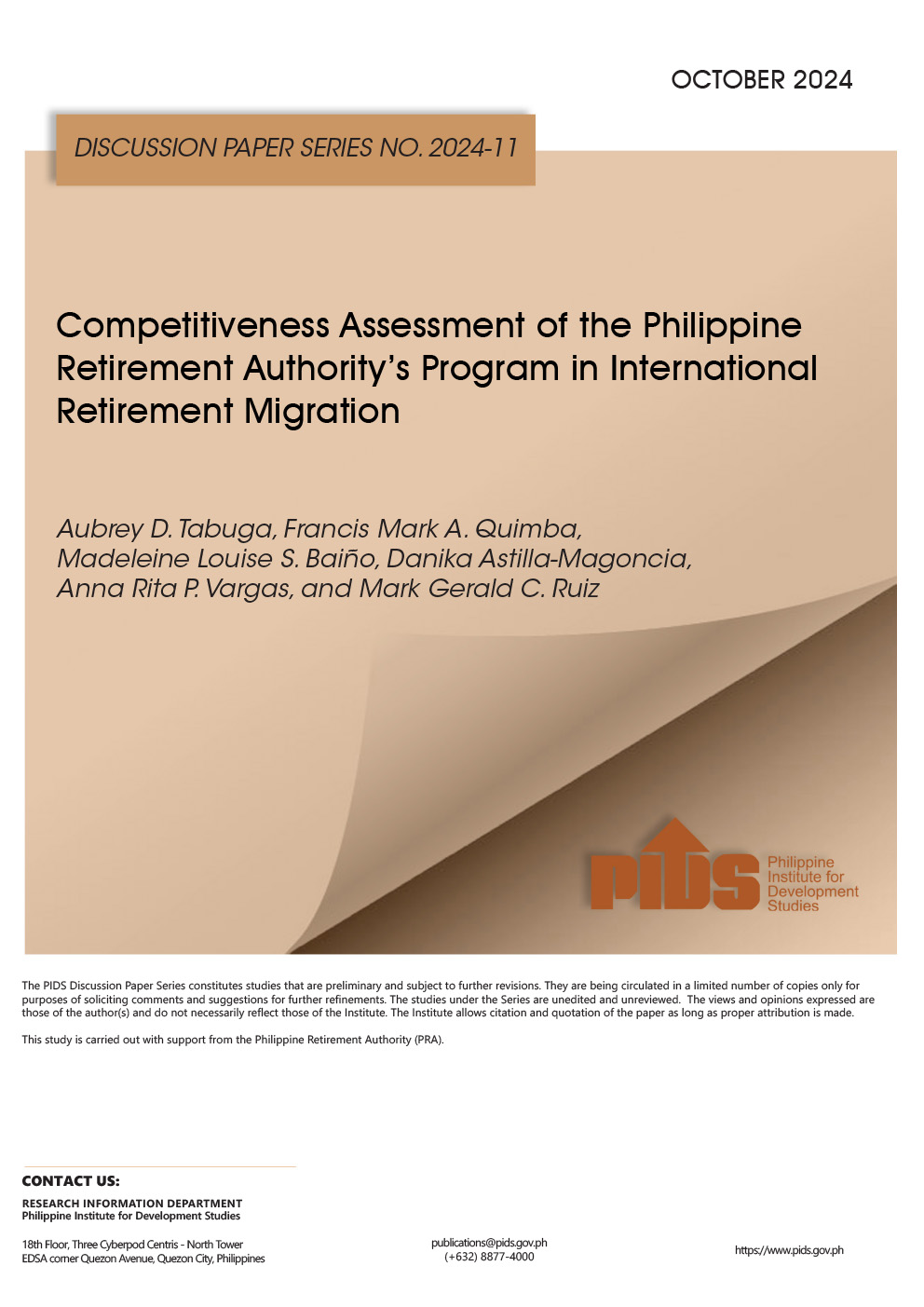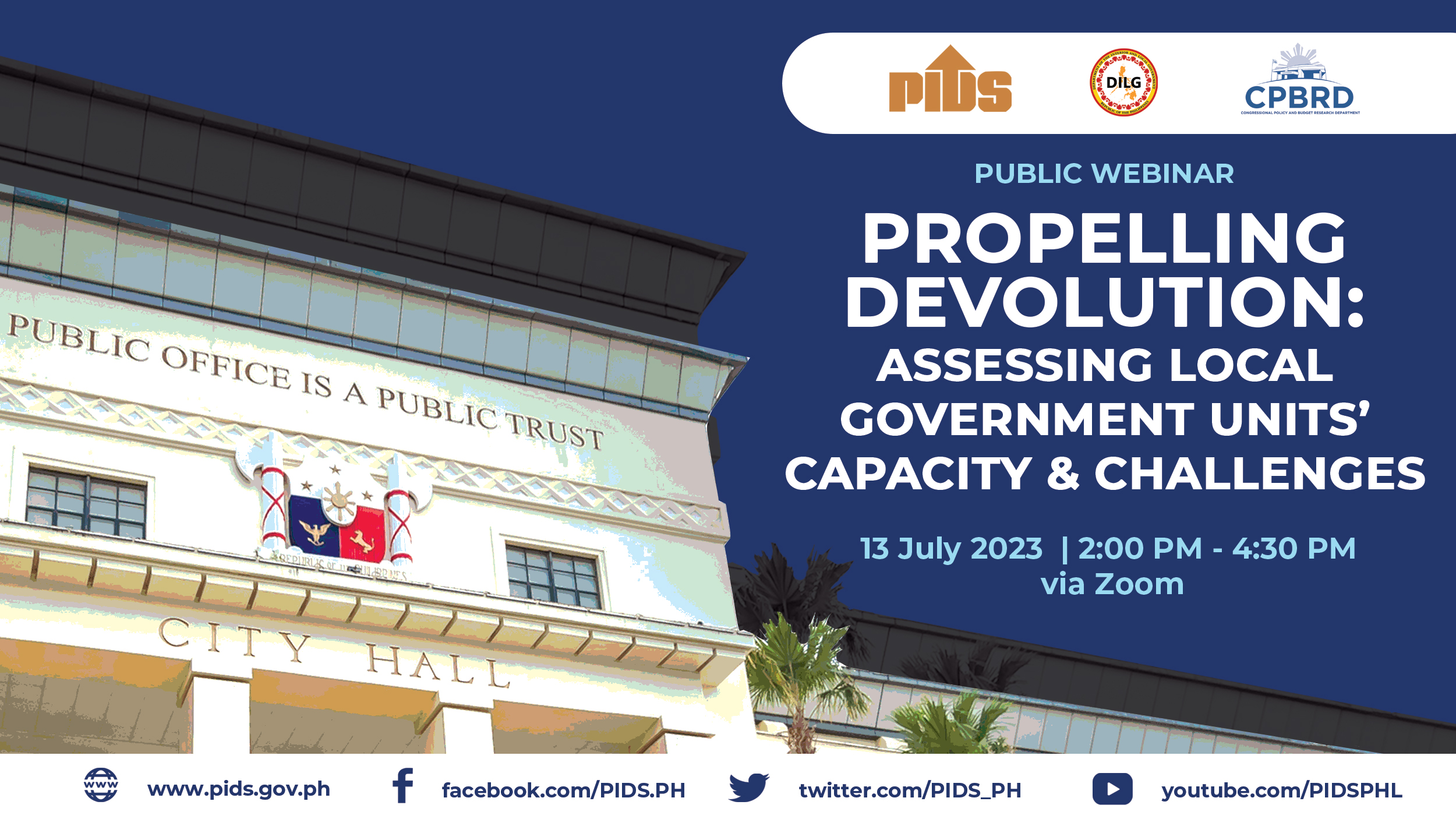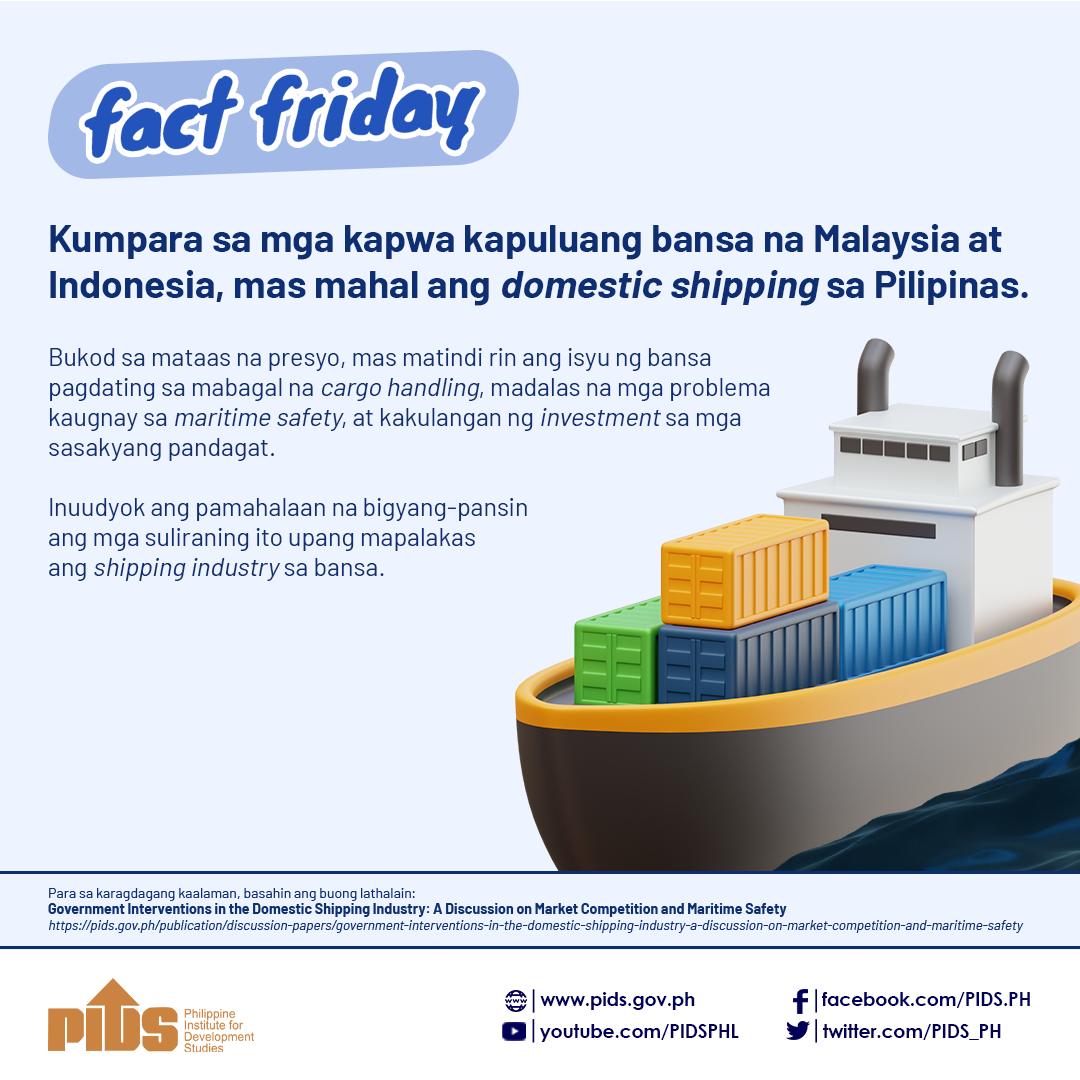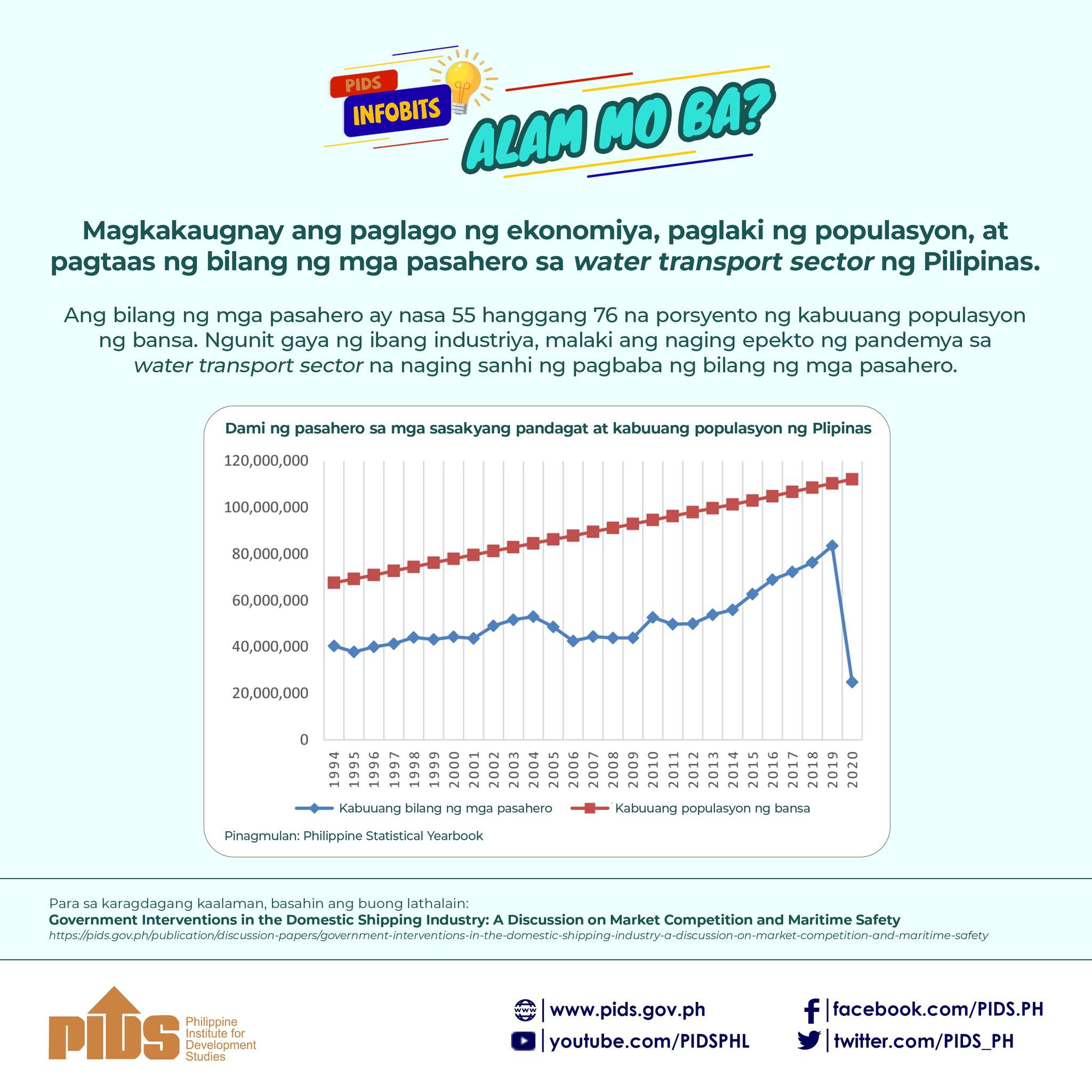The development roadmap being drafted for the Philippine port and shipping industry will promote the sector’s competitiveness. The roadmap has measures that lower logistics costs, remove regulatory restrictions to growth and attract foreign investments to modernize infrastructure and facilities. Such is the gist of the position paper prepared by Rafaelita Aldaba, a research fellow at the Philippine Institute for Development Studies (PIDS), for the Philippine Exporters Confederation (PhilExport) obtained by the Daily Tribune. Aldaba said a highly efficient and productive shipping and port system is very crucial in economic growth and competitiveness as it becomes more imperative in view of the Asean economic integration by 2015. Government statistics show that, over the past four years, cargo throughput growth in the country has been doing relatively well, with foreign traffic expanding at a much faster clip than domestic throughput. Total average traffic growth from 2004 to 2012 is 7.4 percent, with domestic growth averaging a modest 1.4 percent, and foreign traffic expanding 12.6 percent for the period. Still, the Philippines can and should aim higher, said Aldaba. She cited the Global Economic Forum’s competitive ranking of ports where the Philippine position dropped to 116 for 2013-2014 from 112 for 2009-2010.












